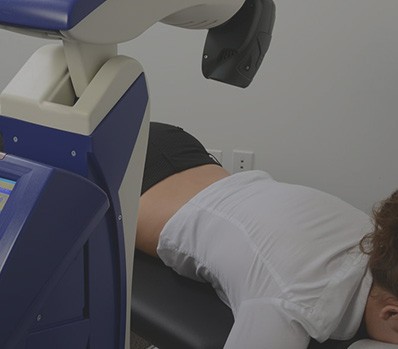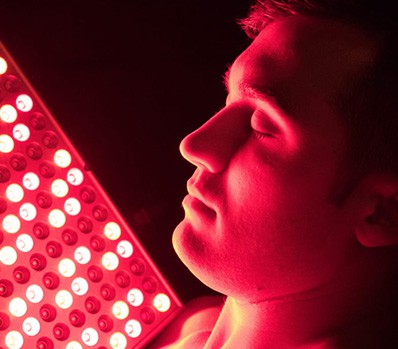Like arthritis in other parts of the body, shoulder arthritis is caused by a deterioration of cartilage that happens over time as a result of joint movement. In the case of your shoulder, there are two joints. The larger glenohumeral joint is where arthritis most commonly develops in the shoulder.
Over the course of a lifetime, this joint is constantly in motion. Cartilage is what keeps the process operating smoothly. It coats the inside of joints and keeps the bones from rubbing together. The normal wear and tear of life — or the tempo of sports and other physical activity — can gradually wear down this very thin cushion. Once areas of the bone are in contact, a patient will feel pain whenever the joint moves.
Symptoms
The first sign that you are developing shoulder arthritis is pain in this joint as you move your arm, and sometimes even when it is at rest. Much of the cartilage is intact, but beginning to fray.
How quickly your shoulder will go from mild discomfort to stage-4 arthritis depends on a variety of factors, including lifestyle and genetics. As the arthritis becomes more severe, you may feel pain in the arm itself, down to the elbow or wrist. Your pain may be accompanied by stiffness and gradual loss of range of motion.
At this stage your arthritis is moving beyond something that causes discomfort to a condition that affects how you function on a daily basis. Most worrisome of all from a patient’s perspective is when he or she can feel the bones grinding together, with a sensation of clicking or cracking. In advanced cases, the shoulder may begin to feel unstable and unreliable, even briefly freezing up.
Diagnosis and Treatment
In diagnosing shoulder arthritis, it is important to evaluate rotator cuff status with radiographs, MRI or CT scan imaging.
Shoulder arthritis is typically treated with noninvasive techniques before arthroscopic shoulder debridement or shoulder replacement surgery is performed. An exercise regimen is the first step. Range of motion and stretching add flexibility and strength to the muscles surrounding the joint, taking pressure off of the cartilage. Physical therapy may also be advised if pain is not yet severe.
Part of managing arthritis involves eliminating or reducing the activities in your life that are causing the most pain. For temporary relief, nonsteroidal anti-inflammatory medication and hot or cold compresses can be effective.
If these modest approaches have not significantly improved the symptoms, it may be time to consider injections of cortisone or hyaluronic acid. Cortisone targets inflammation and can relieve symptoms for several weeks to several months. Hyaluronic acid is a lubricant that temporarily “oils” the joint.
Surgery
Surgical options include arthroscopic capsular release with debridement and possible rotator cuff decompression. The goal of this procedure is to remove debris from the inside of the joint. Although this will not reverse arthritis, it will result in dramatic pain reduction.
Resection arthroplasty is appropriate in many cases. With this surgical option, Dr. Nitz removes a portion of the collarbone, which creates a space that the body’s healing response will ultimately fill with scar tissue.
Shoulder joint replacement is advised in advanced cases. Variations include hemiarthroplasty, in which the head of the humerus is replaced, total shoulder athroplasty, in which both the head of the humerus and the glenoid are replaced with a prosthesis, and a reverse total shoulder arthroplasty, which is especially effective for patients with a torn rotator cuff.
Recovery
Recovery time depends on which surgical solution you choose. Healing will occur more quickly after an arthroscopic shoulder debridement procedure. If the arthritis is treated with shoulder replacement or reverse shoulder replacement surgery, you will need to make time for your body to heal. The progression of your recovery depends on how quickly the bone heals around the base plate and screws that have been surgically implanted, and whether a bone graft was needed to secure the prosthesis.
With both types of shoulder replacement, you should be able to move your elbow, wrist and fingers the day after surgery, but the shoulder requires more time to heal. You may not regain full motion for several weeks. The good news is that you should be able to resume light activities within days.
If you would like to know more about shoulder arthritis, schedule a personal consultation with skilled Dayton, Ohio orthaepedic surgeon Dr. Paul A. Nitz by calling or emailing his office today.

